Herbicides for strawberries: choose wisely
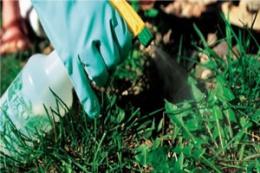
Herbicides are chemicals that are used to kill unwanted vegetation. Based on the nature of their impact, they can be divided into:
- continuous action (that is, kills all types of plants);
- selective action (affects certain types of plants and does not damage others).
Herbicides for strawberries belong to the second type, that is, those that protect crop plants from weeds. To prepare in advance area for planting strawberries, it is necessary to clean it from harmful herbs such as wheatgrass, sow thistle and others.
Content:
- Pre-plantation treatment of the plantation
- Herbicides for the first month after planting
- Weed killers in summer
- First autumn and subsequent two to three years
Pre-plantation treatment of the plantation
For pre-planting treatment, the most effective herbicides for strawberries are:
- Galtix (2 kilograms per 1 hectare) + Betanal (3 liters per 1 hectare) - used when the weeds are still in the cotyledon phase; two treatments recommended;
- Galtix (4 kilograms per 1 hectare) + Betanal (3 liters per 1 hectare) - similar when the weeds are in the cotyledon stage, but the treatment is the same;
- Betanal (3 liters per 1 hectare) + Venzar (0.40 liters per 1 hectare) - weeds in the cotyledon phase, one treatment;
- herbicides with Glyphosate - used for actively growing weeds, after two treatments you can forget about serious weeding for several years;
- Trifluralin is applied against germinating plants in the fall or spring (three to four weeks before planting strawberries). The solution is made at the rate of 480 g per liter of water; approximately 2.5 liters of solution are needed per hectare.
To obtain high-quality results, there must be sufficient moisture in the soil, and the weeds must be fresh and fast-growing. In dry weather, it is advisable to water the planting treatment.
Herbicides for the first month after planting
Weeds grow especially intensively during the first two weeks after planting strawberries.
Straightaway after landing You can use Dactal, which is very effective against germinating weeds, especially cereals.
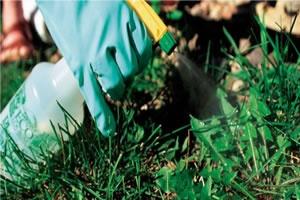
To eliminate dicotyledons, Phenmedipham (21 g per liter of water) is added to moist soil together with Desmedipham (71 g per liter of water) and Etofumezate (112 g per liter of water). This mixture should be applied at the rate of 1.5 liters per hectare. Fluazifop-P-butyl is suitable for control of cereal weeds.
Weed killers in summer
- Poast together with PAB or Prism - most often used against perennial and annual cereals. The second option is Select and Fusilade;
- against annual dicotyledonous weeds, herbicides containing clopyralid, which penetrate the plants through the leaves, are preferable. The solution is prepared at the rate of 300 g per liter of water; half a liter of solution is required per hectare;
- Lontrel 300-D is used against dandelion, sorrel, chamomile, buckwheat, plantain, sow thistle and knotweed. The solution is made from five milliliters of product and a liter of water. For one hundred square meters you need five liters of such a solution;
- in the first autumn after planting, control over winter weeds can be enhanced with the help of Sinbar or Devrinol.But it should be borne in mind that Sinbar is also unsafe for strawberries - weak plants may die. Before use, you should make sure that the cultivated variety tolerates this drug well. Devrinol is very effective against cereals (when mulched with straw) and spring annuals. If two treatments are necessary, you need to ensure that the total dose of drugs does not exceed the allowable dose for one season.
To avoid damaging strawberries, you should never apply Sinbar treatment at the same time as treating them against grains. First, it is necessary to apply drugs against cereals and only after six weeks - Sinbar.
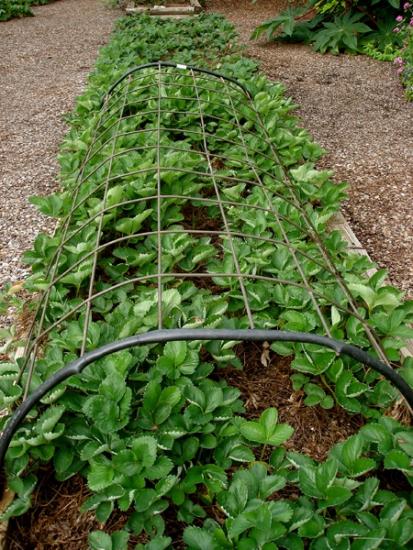
Sinbar and Devrinol affect weeds through the soil, so it is better to apply them after rain. In dry weather, irrigation is necessary after treatment. Weak plants die after two to three days, the strongest ones die after two weeks.
You should not think that when processing strawberry plantings, the need for weeding and loosening is completely eliminated.
First autumn and subsequent two to three years
After removing the leaves in the first autumn, as well as in the second and third years, herbicides with Lenatsil are used. This drug is effective before the emergence of weeds and affects mainly dicotyledonous weeds. If there are a lot of cereals on the plantation, herbicides are additionally used against these species.
After applying herbicides, do not loosen soil for at least 20 days. You should also always remember that these drugs can harm people and animals, so maximum care is required when handling. You should never exceed the dosage prescribed for each individual drug.
Strawberries are a perennial plant. Work on the plantation continues after the harvest.In addition to herbicide treatment, it is necessary to remove the tendrils, water and feed the plantings. Otherwise, you cannot expect a good harvest in the future.


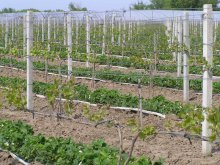
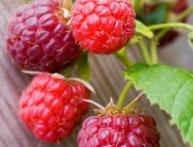
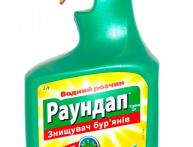
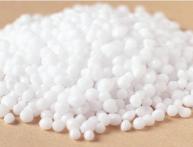
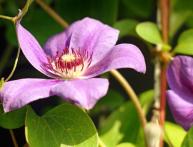
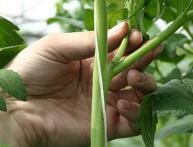
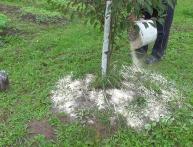
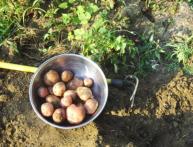

Comments
Maybe I'm wrong, but still, I am categorically against treating strawberries, like the rest of the garden and garden, with herbicides. But let at least the berries from your plot be environmentally friendly! So my main “herbicides” are a sharp hoe and rubber gloves!